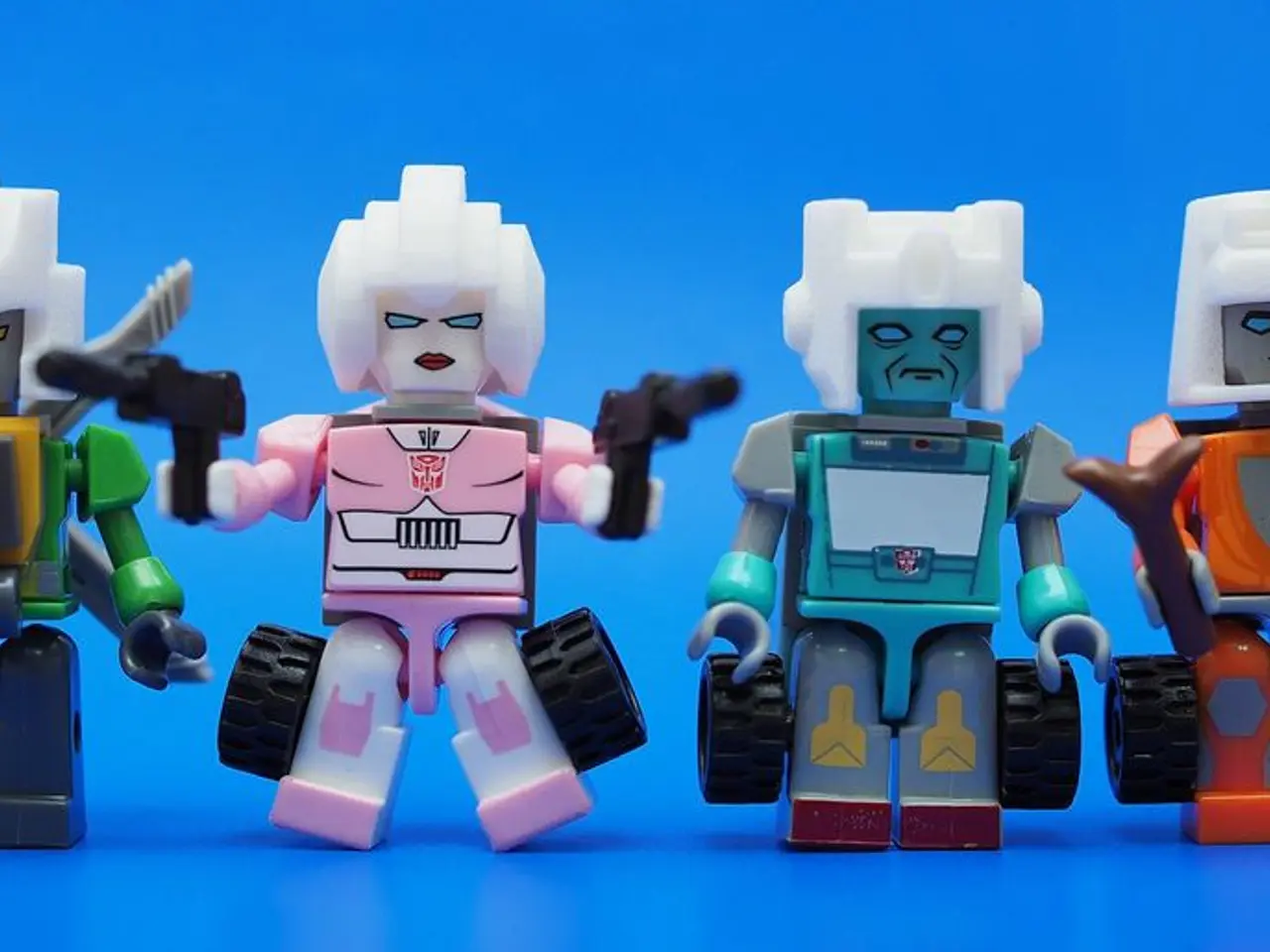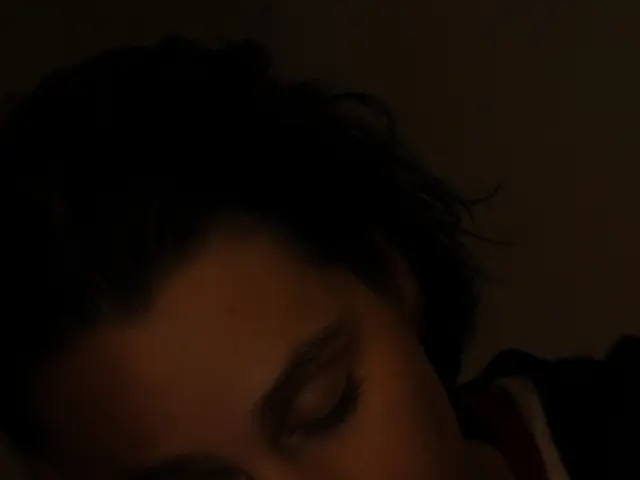ETH Zurich's Soft Biohybrid Robot Crawls, Remembers, and Moves Independently
Scientists at ETH Zurich have developed a remarkable biohybrid robot that combines living muscle and brain cells with 3D-printed skeletons and electronics. This soft robot, shaped like a sponge, can squeeze through tiny spaces and has shown promising signs of memory and independent movement.
The robot, powered by led lights, moved at a steady pace of 0.8 millimeters per minute, with its legs twitching in unison. Remarkably, it retained its crawling ability for over two weeks, hinting at a form of memory in biohybrid robots. Researchers can control the robot's speed and rest time by adjusting the light frequency.
The robot's 'brain' and 'muscles' formed neuromuscular junctions, enabling it to move in a synchronized manner. Some robots continued moving even after the light was turned off, displaying potential 'zombie' robot behavior. This study aims to create a long-lasting biological 'mind' that directs the robot's movement. However, the robots required breaks and eventually failed after about two weeks, likely due to a buildup of metabolic toxins.
Biohybrid robots offer a unique way to study motion, movement disorders, and drug development without using lab animals. The sponge-shaped robot's ability to squeeze through tiny spaces and monitor fragile ecosystems holds great promise for exploration and research. Despite the robots' eventual failure, the study's findings pave the way for further advancements in biohybrid technology.
Read also:
- Top Superfoods for Hormonal Health: Avocados, Berries, Flaxseeds, Turmeric, and Cruciferous Veggies
- Pope Francis' New Book 'Let Us Dream' Offers Unity and Hope for Post-Covid World
- Stephanie Estremera Gonzalez: From Medical Assistant to Residential Manager at The Point/Arc
- Lucy Liu Sounds Alarm on Local Human Trafficking at Packed Luncheon







